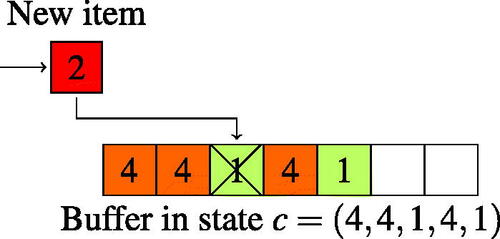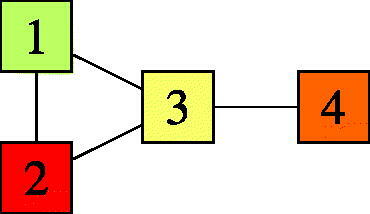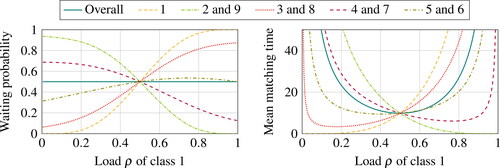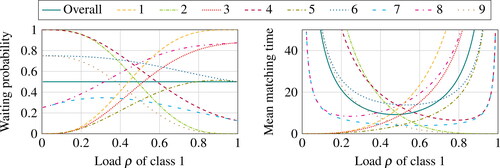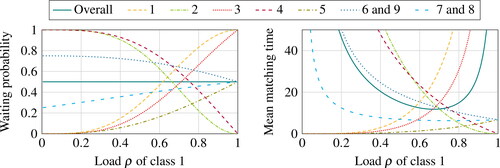Figures & data
Figure 2. Unmatched items are ordered in the buffer from the oldest item on the left to the newest on the right. In particular, in the state depicted in the picture, the oldest item is of class 4 and the newest is of class 1. With the compatibility graph of , if a class-2 item arrives while the system is in this state, this item scans the buffer from left to right until it finds a compatible item, and is therefore matched with the oldest class-1 item. The new system state after this transition is
